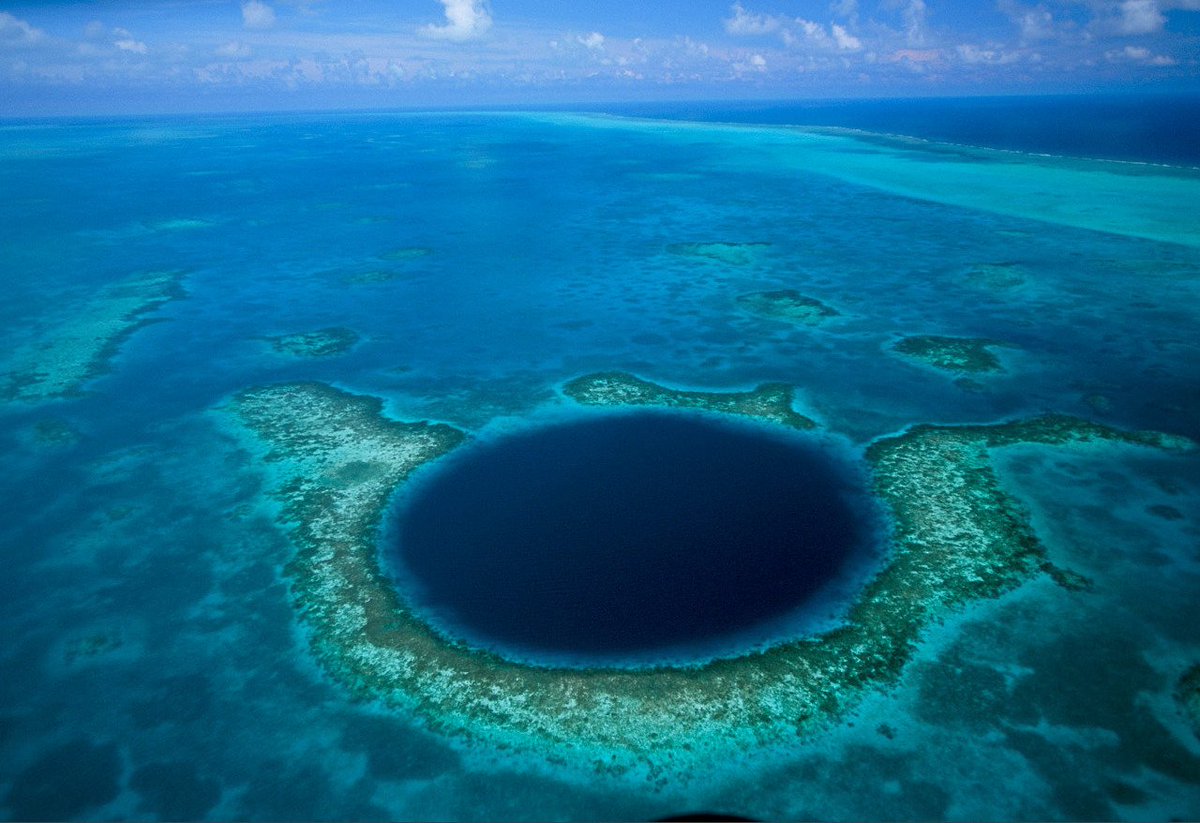Fos de las Marianas is a mysterious and fascinating natural wonder that captures the imagination of scientists and adventurers alike. Located in the western Pacific Ocean, this deep trench is known for being the deepest part of the world's oceans, reaching depths of over 36,000 feet. It presents a unique ecosystem, filled with strange and wonderful marine life, offering a glimpse into the unexplored depths of our planet.
The Fos de las Marianas has long been a subject of curiosity and research. With its extreme depths, it serves as a natural laboratory for scientists studying the effects of pressure and temperature on living organisms. The trench has been the site of numerous expeditions, where researchers have uncovered new species and learned about the geological processes that shape the Earth's crust. As we delve deeper into this underwater marvel, we uncover not just its physical characteristics, but also the biological treasures that thrive in the dark, high-pressure environment.
This article will take you on a journey through the Fos de las Marianas, exploring its formation, the unique life forms that inhabit it, and the technological advancements that allow us to study such a remote area. Whether you are a marine biologist, an adventure seeker, or just curious about the wonders of our planet, the Fos de las Marianas is sure to intrigue you with its secrets waiting to be uncovered.
What is the Fos de las Marianas?
The Fos de las Marianas, also known as the Mariana Trench, is the deepest oceanic trench on Earth. It is located in the western Pacific Ocean, east of the Mariana Islands. The trench was formed by the subduction of the Pacific Plate beneath the Mariana Plate, creating an environment of extreme pressure and darkness.
How Deep is the Fos de las Marianas?
The Fos de las Marianas reaches a maximum known depth of approximately 36,070 feet (10,994 meters) at a point known as Challenger Deep. This incredible depth makes it the deepest known point on Earth, exceeding the height of Mount Everest by more than a mile.
What Unique Life Forms Exist in the Fos de las Marianas?
Despite the harsh conditions, the Fos de las Marianas is home to a variety of unique life forms. Some of the fascinating creatures discovered in this trench include:
- Deep-sea jellyfish
- Giant amoebas
- Snailfish
- Various species of crustaceans
These organisms have adapted to survive in extreme pressure, darkness, and cold temperatures, showcasing the resilience of life on Earth.
What Challenges Do Researchers Face in Exploring the Fos de las Marianas?
Exploring the Fos de las Marianas presents significant challenges due to its depth and the extreme conditions present in the trench. Some of the major challenges include:
- High-pressure environments that can crush submersibles.
- Darkness that makes it difficult to see and capture images.
- Cold temperatures that affect equipment and organisms.
Researchers have developed advanced technology, such as remotely operated vehicles (ROVs) and manned submersibles, to overcome these challenges and continue their explorations.
What Technological Advances Have Enabled Study of the Fos de las Marianas?
Recent advancements in technology have opened up new possibilities for exploring the Fos de las Marianas. Notable innovations include:
- High-pressure resilient materials for submersibles.
- Advanced imaging technology for capturing high-resolution images.
- Autonomous underwater vehicles (AUVs) for mapping and data collection.
These tools have allowed scientists to gather valuable data and better understand the unique ecosystem of the trench.
How Has the Fos de las Marianas Contributed to Our Understanding of Marine Biology?
The exploration of the Fos de las Marianas has significantly advanced our knowledge of marine biology. Researchers have discovered new species and studied the adaptations of organisms to extreme environments. This research has implications for understanding evolution, biodiversity, and the potential for life in other extreme environments, such as those found on other planets.
What Are the Conservation Efforts for the Fos de las Marianas?
Given its unique ecosystem, conservation efforts are crucial for the Fos de las Marianas. These efforts focus on:
- Protecting the trench from potential deep-sea mining and pollution.
- Establishing marine protected areas to conserve biodiversity.
- Promoting international cooperation for sustainable use of ocean resources.
As we continue to explore and understand this fascinating underwater world, it is essential to balance scientific research with conservation efforts to preserve the integrity of the Fos de las Marianas.
What Future Research Opportunities Exist in the Fos de las Marianas?
The Fos de las Marianas remains a largely unexplored frontier, presenting numerous research opportunities. Future studies may focus on:
- Investigating the potential for bioprospecting new pharmaceuticals.
- Understanding the effects of climate change on deep-sea ecosystems.
- Exploring the geological processes that shape the trench and surrounding areas.
As technology continues to advance, the possibilities for discovery in the Fos de las Marianas are virtually limitless.
In conclusion, the Fos de las Marianas is a wondrous and enigmatic part of our planet, offering insights into the resilience of life in extreme conditions and the importance of marine conservation. As we embark on further explorations, we are reminded of the vastness of our oceans and the secrets they hold, waiting for us to uncover.


